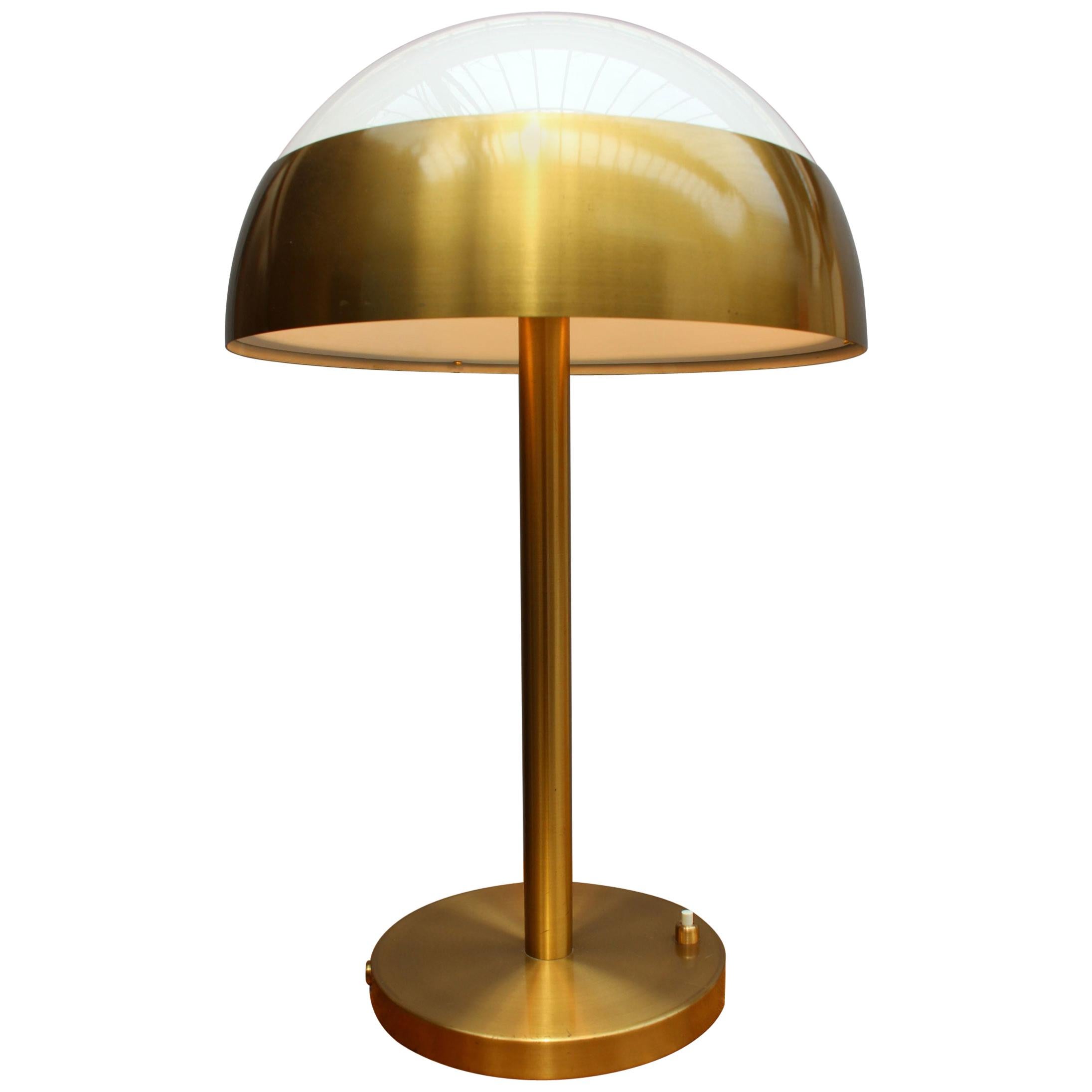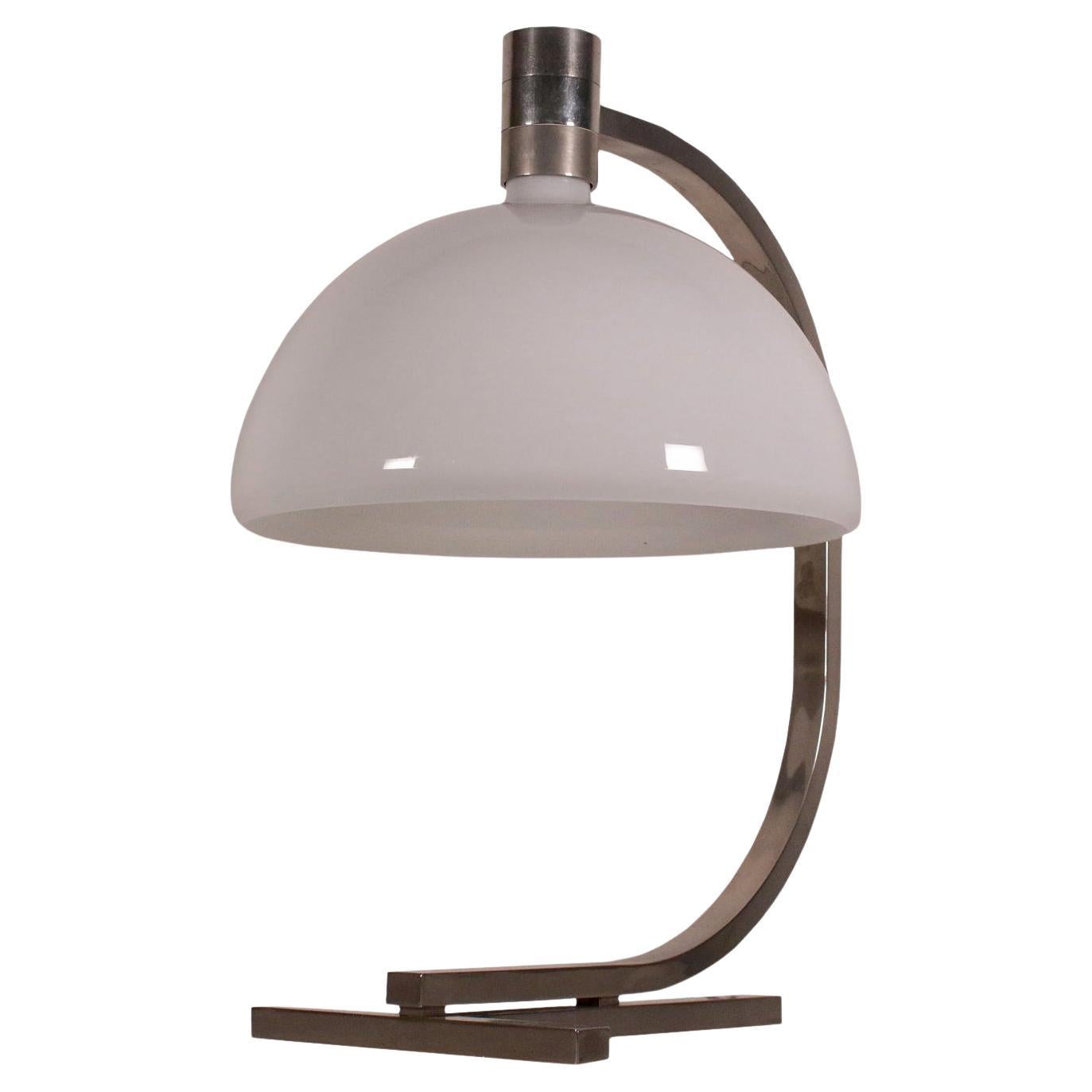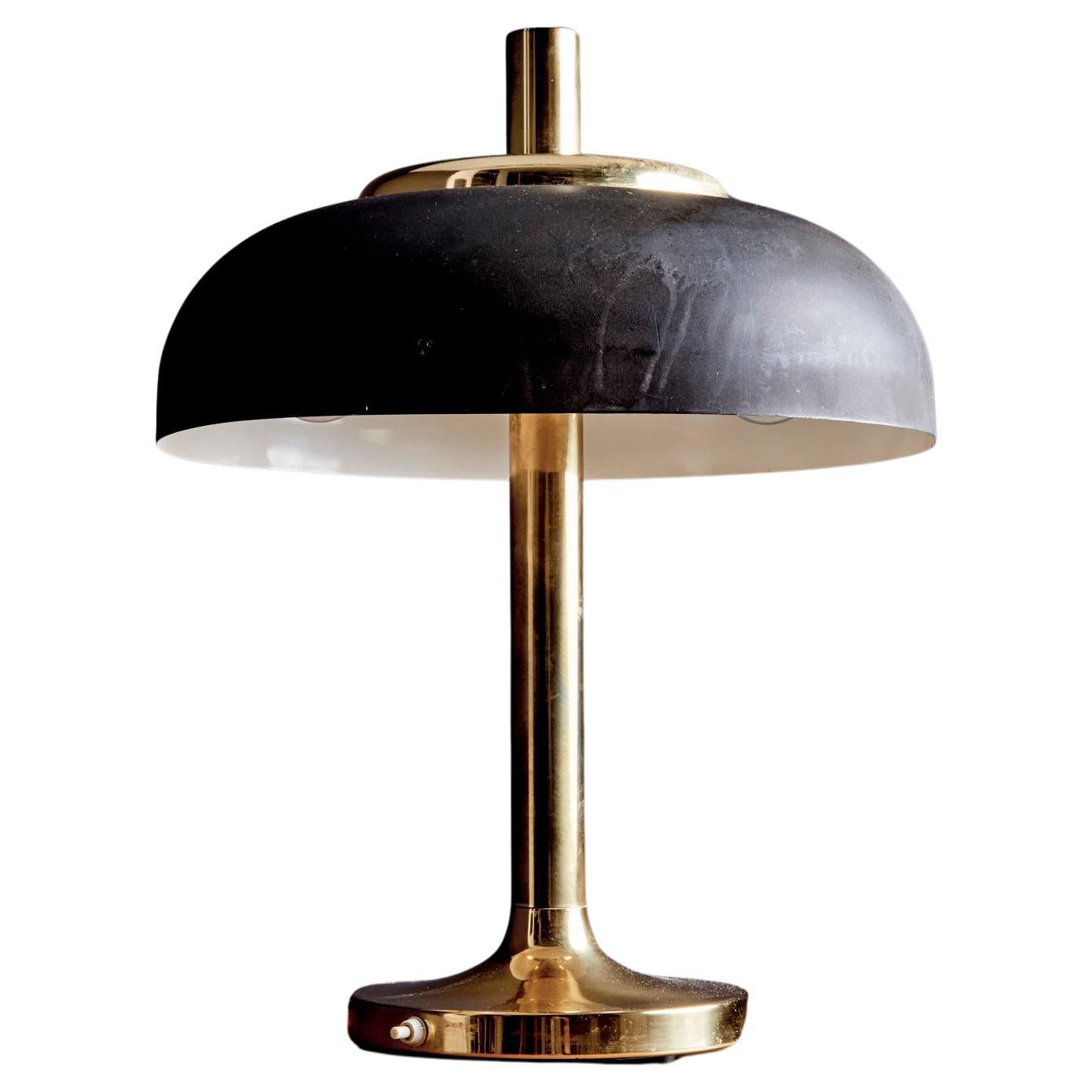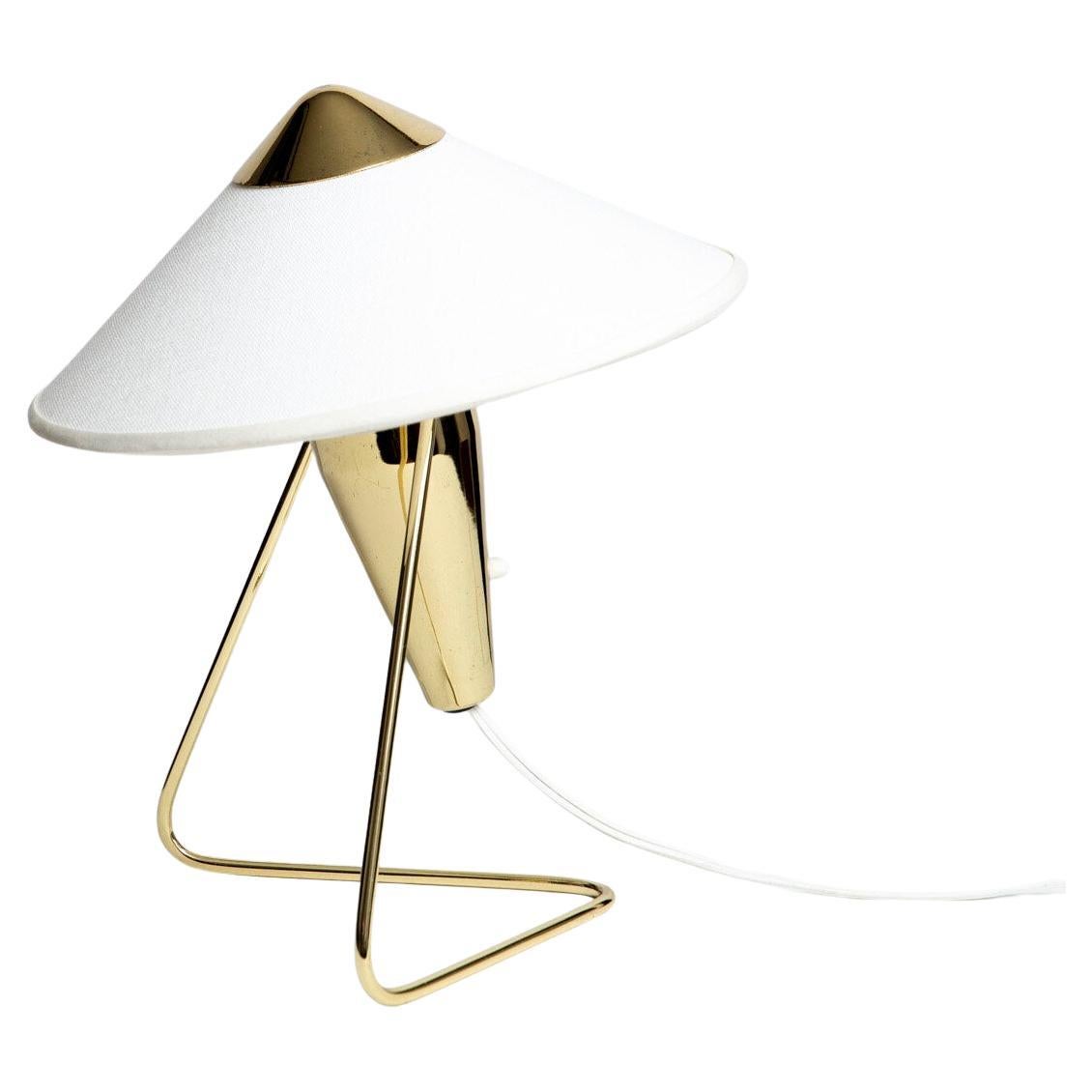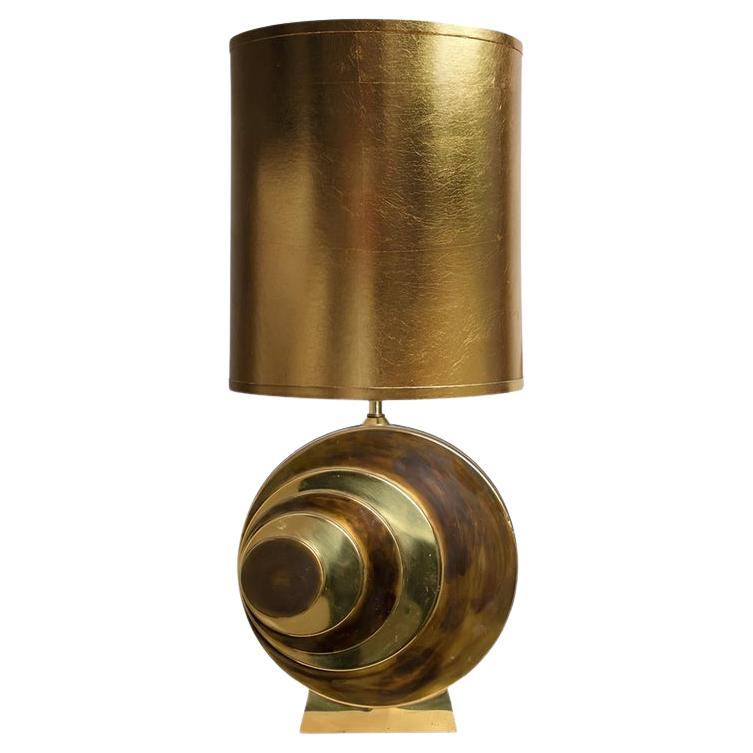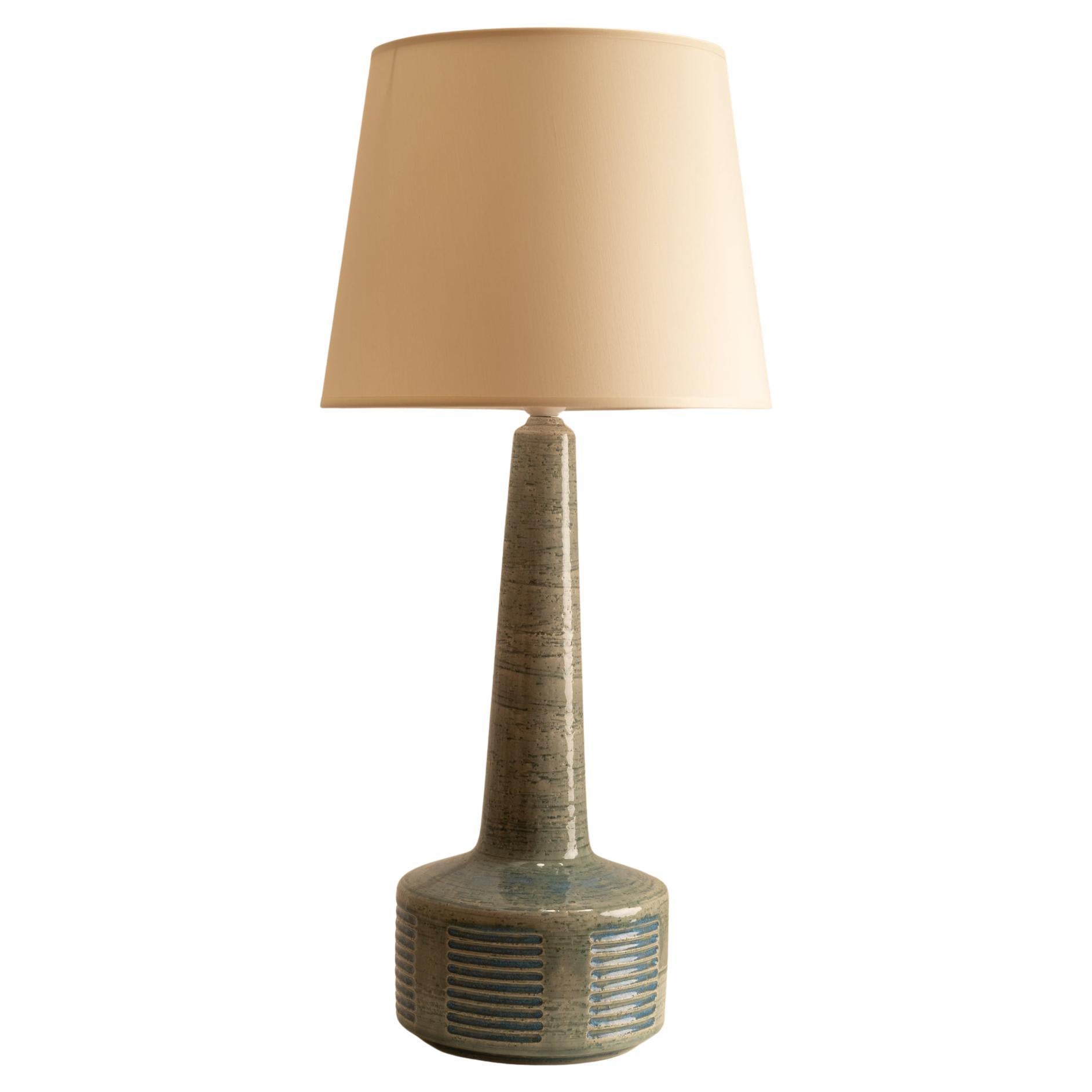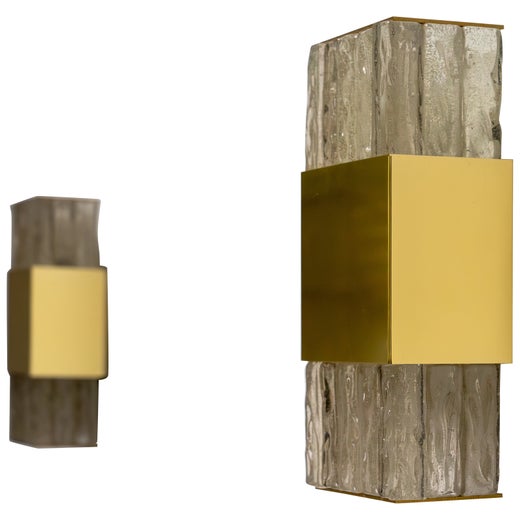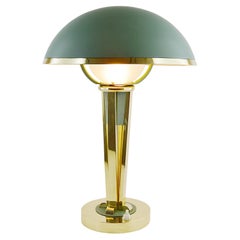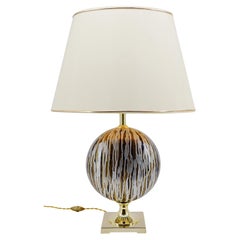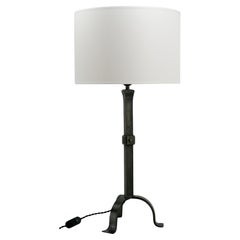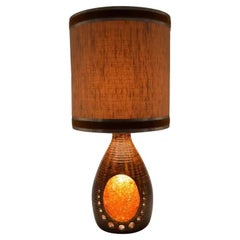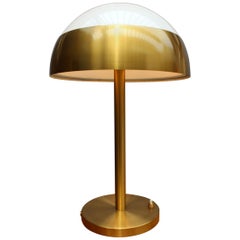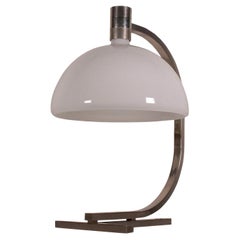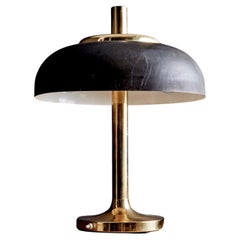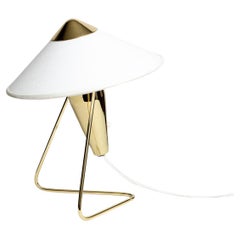Jean PERZEL 1 Lamp or a Pair of French Table Lamps, 1970s
À propos de cet article
- Créateur:Atelier Jean Perzel (Designer)
- Dimensions:Hauteur : 48 cm (18,9 po)Diamètre : 30 cm (11,82 po)
- Source d'alimentation:Câble
- Abat-jour:Inclus
- Style:Mid-Century Modern (De la période)
- Matériaux et techniques:
- Lieu d'origine:
- Période:
- Date de fabrication:1970s
- État:
- Adresse du vendeur:Saint-Amans-des-Cots, FR
- Numéro de référence:1stDibs : LU2312347026492
Atelier Jean Perzel
Les meubles modernes, gracieux et élégants conçus par Jean Perzel lui ont valu une clientèle prestigieuse dans le monde entier, dont les Rothschild et Henry Ford. Ses luminaires élégants Art Deco lighting sont des chefs-d'œuvre de design, et ses œuvres ont orné les demeures des rois du Maroc et du Siam, ainsi que des présidents français Charles De Gaulle et Georges Pompidou. Les tables vintage Eleg , les lampadaires et d'autres meubles accentuent et complètent avec élégance - mais sans jamais dominer - l'architecture de leur environnement.
Perzel est né en Allemagne. Son père et son grand-père étaient verriers, et Jean a appris à aimer le métier tout comme eux. Il a fait son apprentissage auprès du vitrailliste Franz Xaver Zettler à Munich et a quitté son pays natal très jeune pour voyager à travers l'Europe. Tout en voyageant, il prend des emplois dans divers ateliers et se rend à Paris vers 1910. Il y travaille pour un maître verrier et est envoyé à l'usine d'Alger, où il supervise la production des commandes les plus importantes de la société.
Après avoir servi dans la Légion étrangère pendant la première guerre mondiale, Perzel est devenu citoyen français. Il revient à la peinture sur verre en 1919 et devient vitrailliste dans l'atelier du célèbre designer de meubles Art Nouveau Revere Jacques Gruber.
Perzel finit par se passionner pour la nouvelle technologie de l'industrie de l'éclairage en plein essor. Il a étudié le fonctionnement de l'éclairage dans les grands espaces, tels que les imposantes cathédrales de l'époque et les centres de transit animés, et a commencé à se concentrer sur la conception d'élégants luminaires électriques offrant une lumière diffuse de manière uniforme.
Perzel a ouvert son atelier à Paris en 1923 et a produit des appliques murales décoratives , des lustres , des lampadaires et des lampes de table , et des plafonniers . Il travaillait avec du verre dépoli ou sablé et des émaux colorés pour concevoir des luminaires fonctionnels et riches en géométrie qui transformaient un intérieur. Les œuvres de Perzel ont été présentées à l'exposition internationale des arts décoratifs et industriels modernes - l'exposition à laquelle on attribue la large diffusion du style Art déco - et il a attiré l'attention de l'industriel américain Henry Ford, qui lui a commandé des lampes, des horloges et d'autres objets incorporant des pièces automobiles de Ford. La commission de M. Perzel contribuerait à commémorer la production de 25 millions de véhicules Ford dans le Michigan. La réputation de Perzel en tant que concepteur et fabricant d'éclairage prestigieux s'en trouve renforcée et il est chargé de la production de phares pour les voitures Ford. La relation Ford-Perzel a perduré pendant des décennies.
Perzel est réputé pour avoir conçu l'éclairage de la cathédrale de Luxembourg, du site de la Société des Nations à Genève et de l'ambassade du Canada à La Haye. Il a également collaboré avec certains des architectes et designers les plus célèbres de l'histoire, notamment Jules Leleu, Le Corbusier et Michel Roux-Spitz.
Sur 1stDibs, trouvez des luminaires et autres meubles vintage de l'Atelier Jean Perzel.
- ExpéditionRecherche du devis...Expédition depuis : Saint-Amans-des-Cots, France
- Politique des retours
Plus d'articles de ce vendeur
Tout afficherVintage, années 1940, Français, Art déco, Lampes de bureau
Métal
Vintage, années 1980, Français, Hollywood Regency, Lampes de bureau
Laiton
Vintage, années 1950, Français, Mid-Century Modern, Lampes de bureau
Fer forgé
Vintage, années 1960, Français, Mid-Century Modern, Lampes de bureau
Céramique, Résine
Vintage, années 1920, Français, Art déco, Lampes de bureau
Fer forgé
Vintage, années 1960, Allemand, Mid-Century Modern, Lampadaires
Fer
Suggestions
Milieu du XXe siècle, Français, Art déco, Lampes de bureau
Bronze
Vintage, années 1960, italien, Mid-Century Modern, Lampes de bureau
Chrome
Vintage, années 1970, Allemand, Mid-Century Modern, Lampes de bureau
Métal, Laiton
Vintage, années 1950, Tchèque, Mid-Century Modern, Lampes de bureau
Laiton, Acier
Vintage, années 1960, Français, Mid-Century Modern, Lampes de bureau
Laiton
Milieu du XXe siècle, Danois, Mid-Century Modern, Lampes de bureau
Céramique
